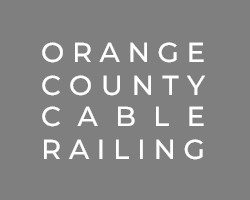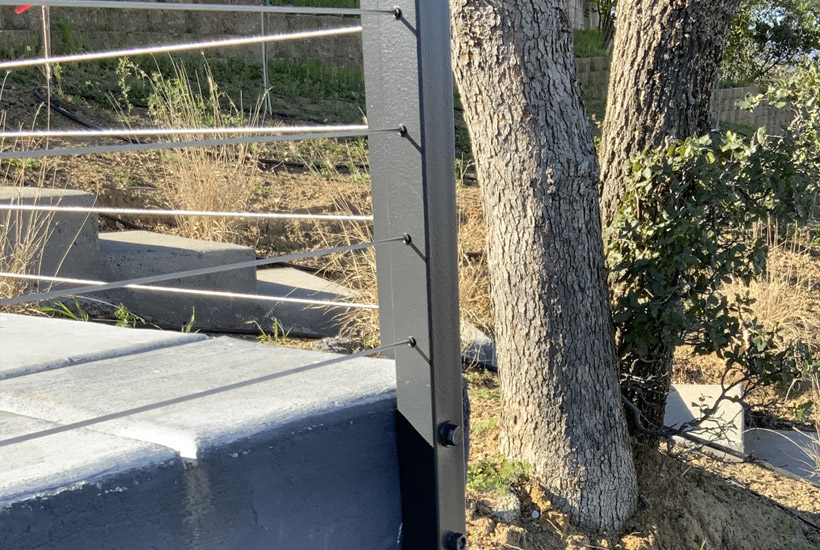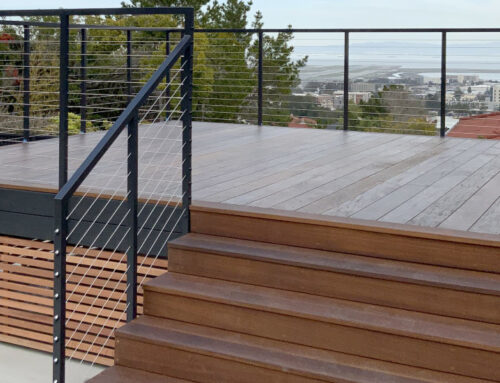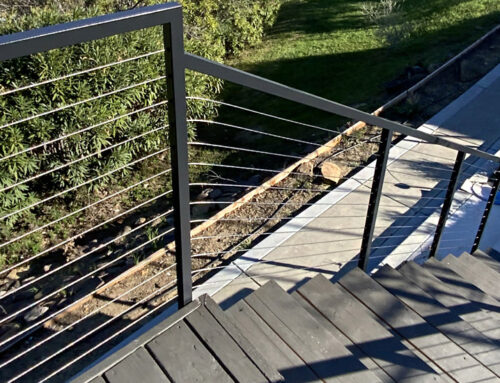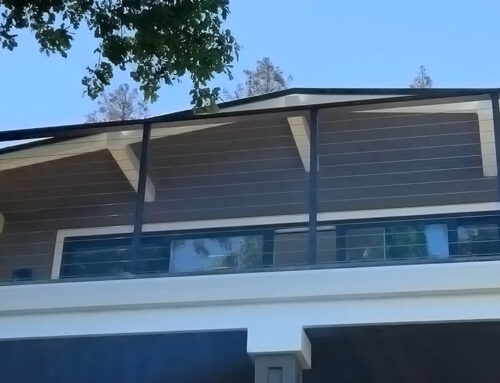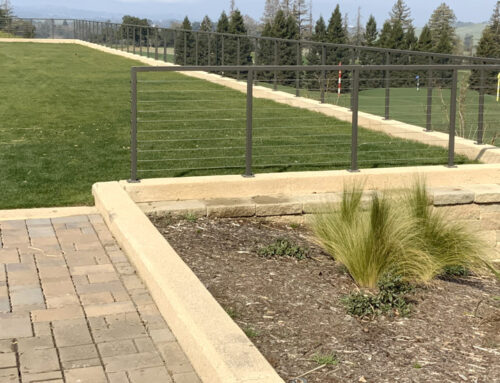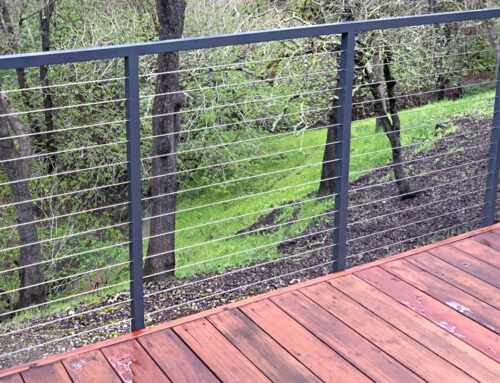When choosing a cable railing material, safety should always be your biggest priority. Wood and metal cable railings are popular choices for both indoor and outdoor usage. However, each of these materials comes with their own set of safety issues.
Wood can rot or splinter progressively, while metal can conduct electricity or end up being dangerously hot when exposed to the sun for long hours.
That said, cable railings are a safe and robust alternative to standard railing materials. The tensioned wires create a powerful barrier that is difficult to climb up, and there are no gaps in between the cable that could pose a risk to little kids or pets.
Apart from the spacing, it is important to ensure that the cable railings are properly installed for enhanced safety. This should include the distance between the cable railing posts and the cables themselves.
In addition, cable railings are low maintenance and can withstand rusting. For these reasons, cable railings are an outstanding option for both domestic and commercial use.
Are There Any Disadvantages to Using Cable Railings?
If you’re thinking about using cable railings for your deck or balcony, you may wonder whether there are any drawbacks to this type of railing. While cable railings do offer homeowners several benefits, there are a couple of potential downsides to keep in mind. First, cable railings can be more costly than other types of railings, such as wood or aluminum.
Second, they require more maintenance than other railing products, as the cables need to be regularly tightened up and examined for signs of wear and tear. Finally, cable railings can be harder to install than other types of railings. So, it is important to ensure that you have the skills and tools before starting the project. Cable railings are a superb option for a resilient, low-maintenance railing solution.
How Much Do Cable Railings Cost?
When it comes to house renovations, there are usually plenty of decisions to make. One important decision that you will have to make is the type of railing you intend to install. When it comes to railings, there are plenty of materials readily available on the market, each with its own advantages and disadvantages.
One option that has become increasingly popular recently is cable railings. Cable railings consists of metal cables that are strung between posts. They offer a smooth, modern-day look and can be tailored to fit any area. They are also very strong and durable, making them ideal for high-traffic areas.
In addition, cable railings are affordable, especially when compared to other options such as glass or wood. So, if you’re looking for an appealing, economical way to update your home, then cable railings may be the perfect solution.
Who Should Install Cable Railings in A Home?
When it comes to deciding who should install cable railings in a home, there are a couple of factors to consider. For one, cable railing installation is not your normal DIY task. The installation procedure is complex and requires special tools and training.
As a result, it’s highly advisable to always leave the job to an experienced specialist. Not only will they can complete the installation quickly and efficiently, but they’ll also be able to provide warranty coverage in case of any problems.
Another factor that you might want to consider is the type of railing. Some railings are created for simple DIY setup, while others are more complex. If you’re not sure about the type of railing is right for your home, then it’s always good to talk to an expert. They’ll be able to help you select the right product and ensure that it’s installed appropriately.
Conclusion
That being said, cable railings are a great option for property owners who are looking for an attractive, safe, and low-cost railing solution. While cable railings may require more maintenance than other railing materials, the safety and cost savings offered by cable railings make them a worthwhile investment. If you’re considering installing cable railings in your home, be sure to talk to a professional first.
